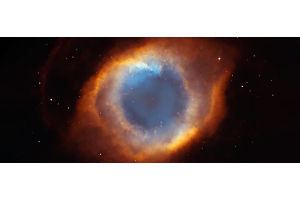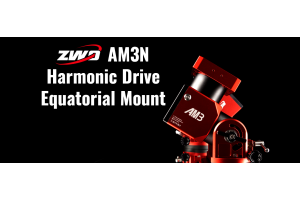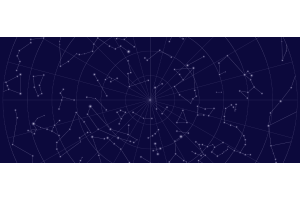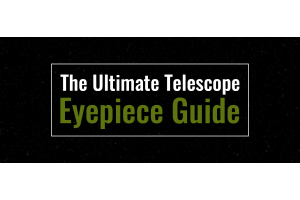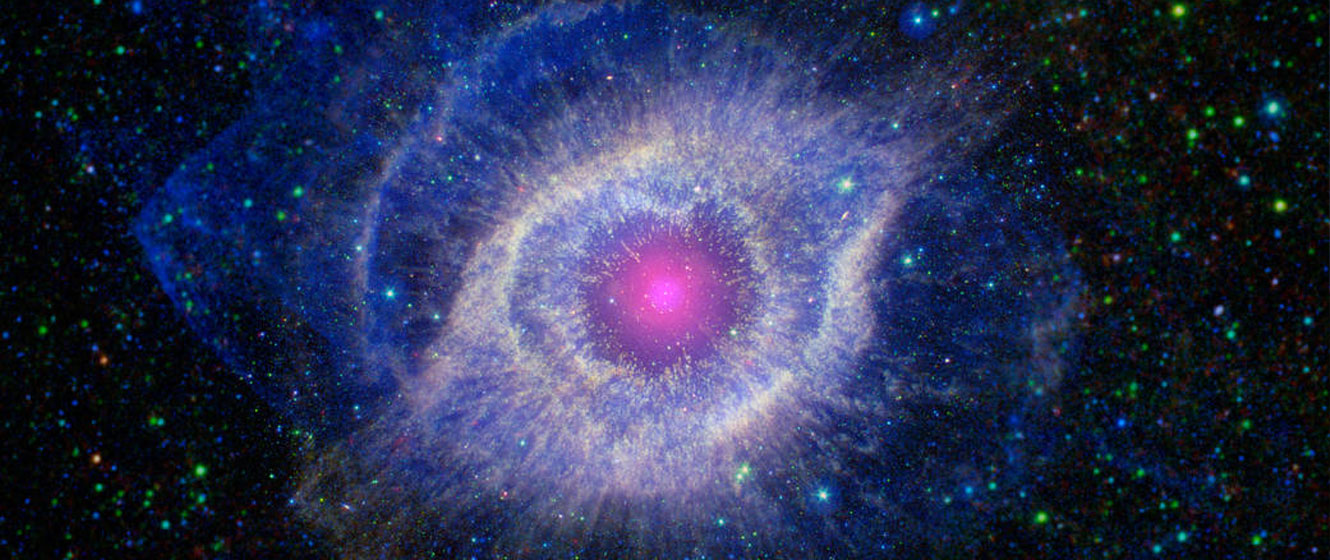
In this episode of What's in the Sky this Month, Teagan reviews some of the beautiful celestial objects you can see in the month of September 2023!
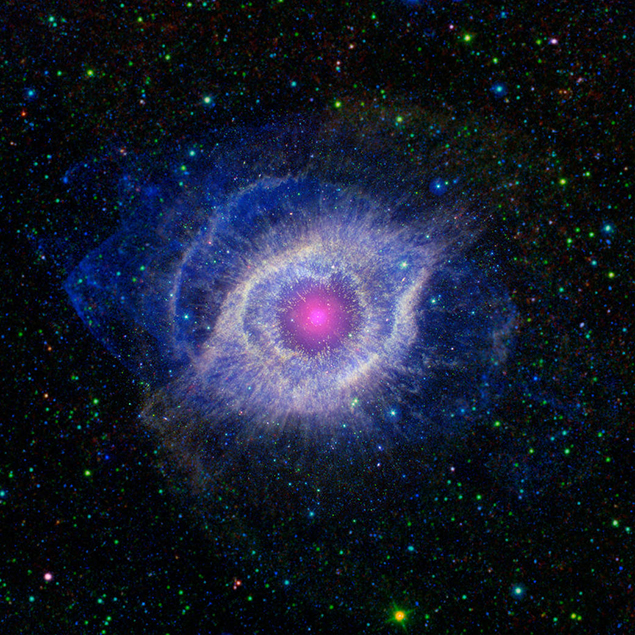
Image credit: NASA/JPL-Caltech
The Helix Nebula
- Type: Open Star Cluster
- Constellation: Cancer
- Distance: 610 light-years
- Magnitude: 3.4
- Apparent Diameter: 70’
The Helix Nebula can be a notoriously tricky object to spot, especially for beginners. Although it’s one of the brightest planetary nebulae in the sky, its light is spread over a large area, making it difficult to see.
Experienced observers under dark skies can spot the nebula with large binoculars, but if you’re observing telescopically, be sure to use a low magnification. It’s an object that can be observed in almost any aperture, with even a 100mm revealing its slightly oval shape under transparent skies. Larger scopes may show hints of blue or green, while an O-III filter and averted vision will help to increase the contrast.
OUR NEAREST NEIGHBORS
Your last chance to see Mars low in the west shortly after sunset will probably come around the 10th, but Saturn remains visible throughout the entire night. It’ll be rising as Mars sets, with the waxing gibbous Moon just below it on the 26th. Neptune, the most distant and faintest planet, reaches opposition on the 19th and can be found below the Circlet asterism of stars in Pisces. It’s catching up to the magnitude 5 star 20 Piscium, with the distance between the two at 16 arcminutes on the first and just 3.6 arcminutes by the 11th. Next, we have Jupiter and Uranus, both in Aries, and both well-placed for observation in the hours before midnight by month’s end. Early risers should have no trouble seeing Venus in the predawn twilight, as it now rises a few hours before the Sun. A waning crescent Moon appears some way to its upper left on the 11th, and then to its lower left on the 12th. Mercury reaches inferior conjunction on the 6th but then rises rapidly into the morning sky to reach greatest elongation on the 22nd. The Moon turns new on the 14th, with the Harvest Full Moon occurring on the 29th.
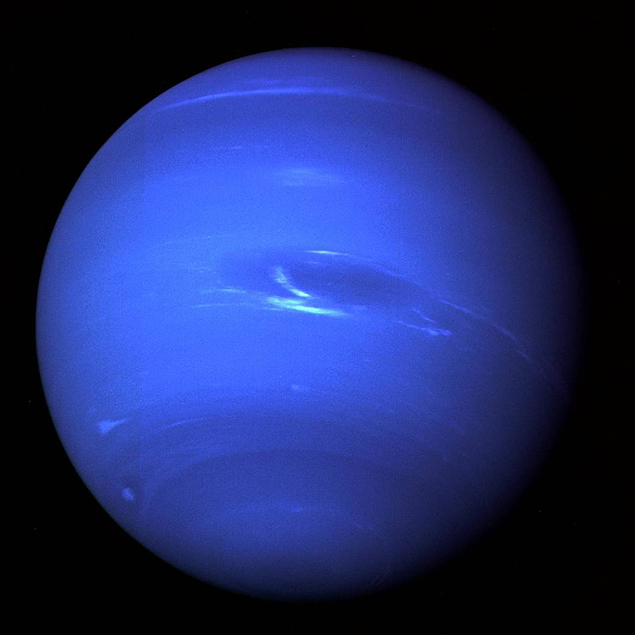
Image credit: NASA/JPL-Caltech
Neptune at Opposition
Neptune reaches opposition on the 19th, but you’ll need binoculars to spot it, nearly five degrees south of Lambda Piscium and less than half a degree from 20 Piscium. It stands out as a blue, starlike point, with a magnification of around 100x or more needed to see anything of its tiny disc.
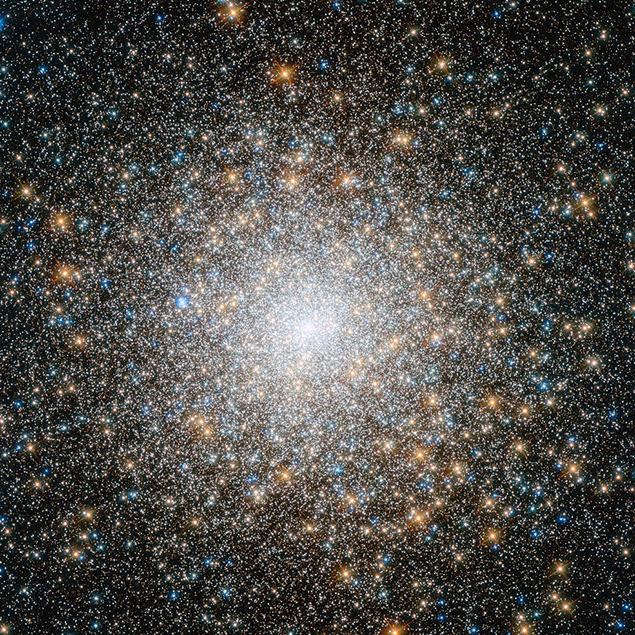
Image credit: NASA, ESA
Messier 15
Found in the constellation of Pegasus, the Flying Horse, Messier 15 is bright enough to be seen with most binoculars under moderate light pollution. Telescopes will show a bright core that extends about 2/3 of the way toward the cluster’s edge, with some resolution at around 200x.

Image credit: Jim Mazur
Messier 39
Visible from suburban locations, binoculars show a triangular cluster, resolvable into a smattering of blue-white stars, with the brightest three or four forming a line in the center. Telescopically, the cluster can appear heart-shaped, with a double just a little north of the cluster’s center.
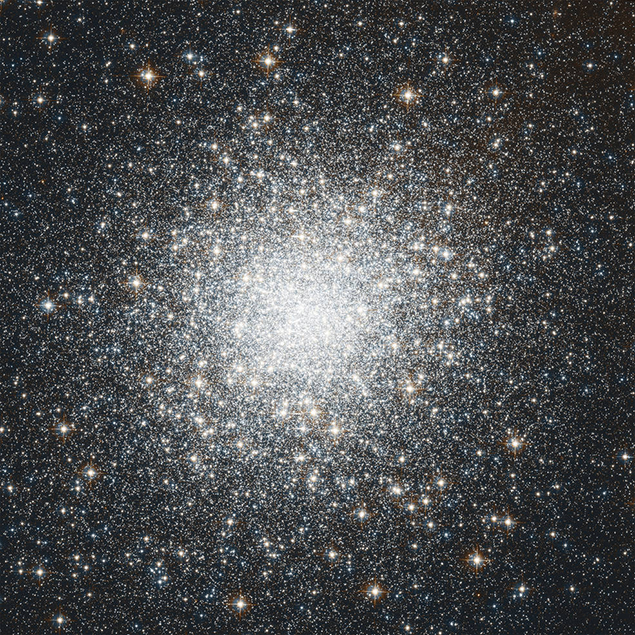
Image credit: NASA, ESA, STScI and A. Sarajedini
Messier 2
Messier 2 can be spotted from suburban skies with binoculars, about a third of the way between Sadalsuud in Aquarius and Enif in Pegasus. A small telescope will show a bright core and some stellar chains with averted vision, while larger equipment and a higher magnification may also reveal dark lanes within the cluster.
STELLAR CONCEPTS
Planetary Nebula: This particular type of nebula is so-called because many will mimic the appearance of a planet when observed telescopically. They’re formed when a low-mass star nears the end of its life and sheds the outer layers of its atmosphere, like the skin of an onion. This shell of gas and dust then expands as it drifts away into space, eventually becoming large enough to be visible from Earth as a planetary nebula.





